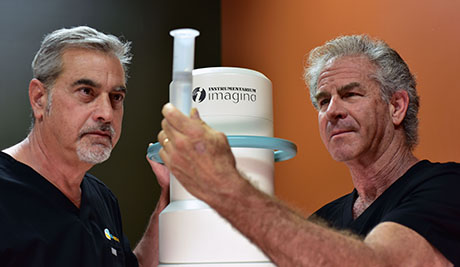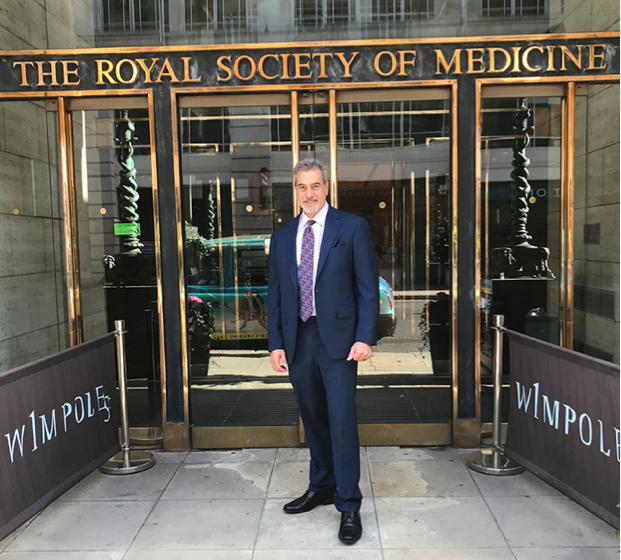 Dr. Lander’s Regenerative Urology practice differs from most other practices which focus on traditional methods of treating erectile dysfunction ED such as prescribing oral medications or inserting penile prosthesis devices (a surgery that destroys the internal vasculature of the penis and replaces it with a hydraulic device). Instead, Dr. Lander’s focus is concentrated on healing and regenerating the delicate but damaged penile vasculature associated with most cases of ED. Dr. Lander, as a pioneer in clinical stem cell research, has been using regenerative medicine technology since 2010 to try to heal the nerve and blood vessel damage that contributes to erectile dysfunction.
Dr. Lander’s Regenerative Urology practice differs from most other practices which focus on traditional methods of treating erectile dysfunction ED such as prescribing oral medications or inserting penile prosthesis devices (a surgery that destroys the internal vasculature of the penis and replaces it with a hydraulic device). Instead, Dr. Lander’s focus is concentrated on healing and regenerating the delicate but damaged penile vasculature associated with most cases of ED. Dr. Lander, as a pioneer in clinical stem cell research, has been using regenerative medicine technology since 2010 to try to heal the nerve and blood vessel damage that contributes to erectile dysfunction.
Some of our investigational regenerative protocols involve combinations of autologous (your own) stem cells, highly concentrated platelet rich plasma (which contains natural growth factors), exosomes (small vesicles containing mRNA genetic material from stem cells that promote healing), and low intensity shock wave treatments in various combinations.
Early in 2019, Dr. Lander published a peer reviewed paper on the use of fat derived stem cells from your own body combined with shock wave technology to improve human erectile dysfunction ED (Lander and Berman, J Stem Res Ther 2018, 8:9. (Click Here to View Publication) Over two thirds of the patients had a favorable response using the research protocol.
Dr. Lander has had the privilege of teaching regenerative medicine all over the world and this results in a cross pollination of medical knowledge. Some of the techniques used at Lander Regenerative Urology have come from as far away as Dubai.
Therapeutic Options
Low Intensity Shock Wave Technology
Provides painless deep tissue energy that creates a controlled micro-trauma that signals local stem cells to repair micro-vasculature with new healthy blood vessels.


Activated Platelet Rich Plasma (PRP)
Contains additional enriching growth factors (signaling molecules) which are obtained from a person’s own blood that is processed with a centrifuge. It can be highly concentrated using the Magellan system (a special centrifuge device) for certain conditions. The PRP can then be “activated” just before injection for best outcomes. Used both for testing and treatment.
Exosomes
Derived from stem cells (commercially sourced). These small vesicles contain genetic material that signal for healing and promote new blood vessel growth. Exosomes can be used in combination with or in lieu of stem cells for regenerative treatments.


Stromal Vascular Fraction-Autologous Stem Cells From Adipose Tissue (Fat)
Contains fat derived stem cells and growth factors (signaling molecules) derived from a person’s own body and containing their own DNA. This treatment is available for select patients who are likely to succeed with this therapy and the deployment technique optimizes the clinical outcomes.

